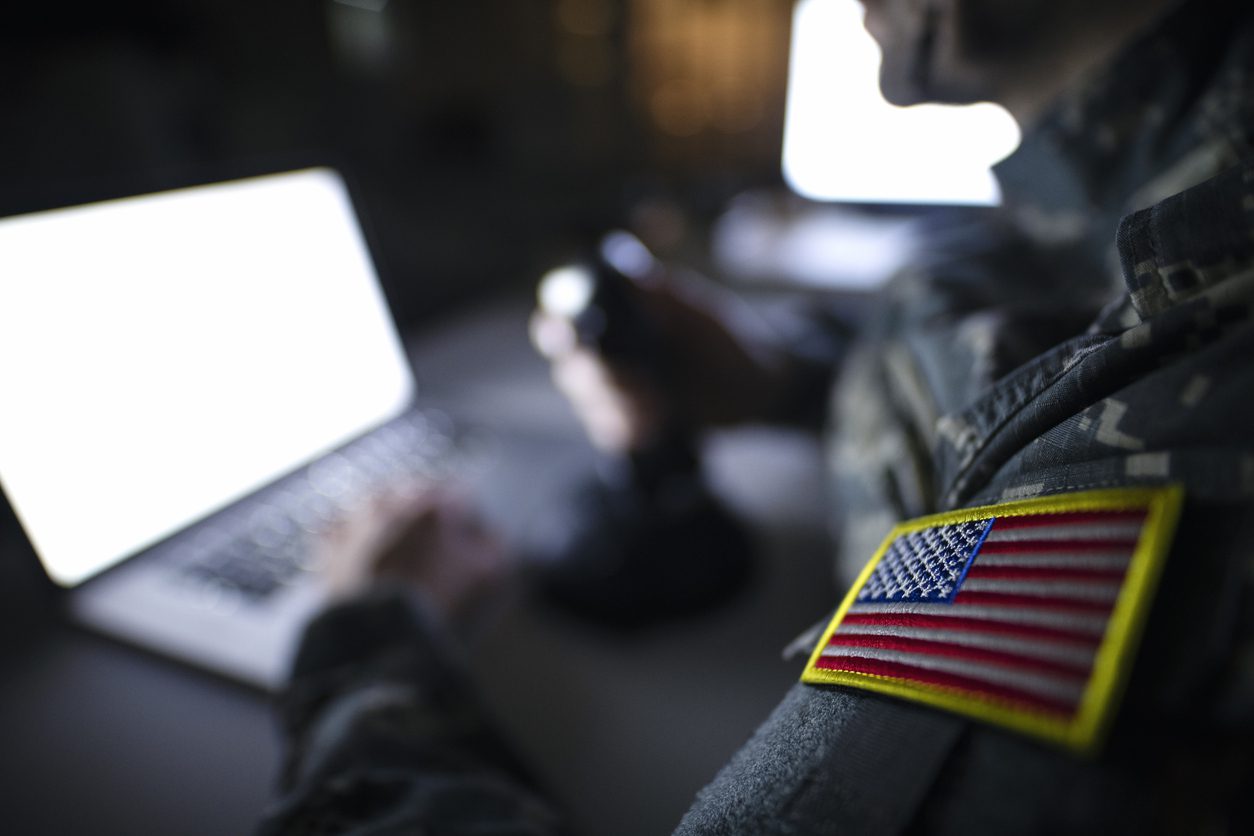The Army is considering combining two of its major acquisition efforts into a single omnibus effort. The combination of the Information Technology Enterprise Solution – 4 Services (ITES-4S) and the Army Contracting Command Enterprise for Sourcing Services (ACCESS) procurement programs would yield one of the largest Army information systems efforts in recent history. The Army revealed its tentative plans in an announcement of an RFI for the ACCESS program issued on April 17th with a response date of 3 May. Current projects are for the ACCESS RFP release to take place in July of this year while the ITES-4S solicitation is currently expected in October. If released separately neither is expected to provide any awards until the 3rd quarter of Fiscal Year (FY) 2027. Obviously, if the acquisition efforts are merged, these timeframes are out the door.
ITES-4S + ACCESS Current Status/Information
The following table provides some salient facts about the two efforts as they are currently constituted. Some of the data comes from the current contracts while some is an extrapolation of available information.
Table 1. Comparison of ITES-4S and ACCESS Acquisitions Across Various Data Points

Practical Implications
- As can be seen by the table above, the ACCESS effort is expected to be more than four times as big as the ITES-4S program. The merger of the programs would really provide the Army with a single acquisition vehicle for cradle-to-grave IT services running the gamut from Research & Development to Engineering, to the implementation of a broad range of IT solutions and services. Neither of the existing contracts do that on an enterprise level or even on a large scale.
- While the ITES-3S contract was a mandatory use contract, the Army has already announced that the -4S version will not be. Merging the two efforts would simplify organizational requirements for contract administration. Don’t be surprised that, if the merger of the programs occurs, mandated use may come back for the combined effort.
- Don’t be surprised if the merged effort offers a number of “tracks” for which vendors will be expected to compete. The ITES-4S effort has already identified nine broad tracks and R&D and Engineering tracks with subtracks that could be easily introduced to expand the competitive model.
- The total number of contracts awarded could conceivably exceed the total for the two programs. The breadth of combined efforts might see the Army awarding as many as 400-500 contracts.
- If there is a combined acquisition effort, the number of resulting contracts will likely be of a scale to rival either Polaris or OASIS+.
- No doubt the resulting contracts, whether merged or not, would have extensive requirements at the Task Order level for both Supply Chain Risk Management (SCRM) Plans and Cybersecurity Maturity Model Certification (CMMC) Plans of Action and Milestones POA&M).
Current Preparations
There are a few things you can do to prepare for whatever the Army decision may bring:
- Check out the SAM.gov entry under Notice ID W15P7T-24-ACCESS-RFI1 and ensure you review the RFI requirements and respond by the 4:30 p.m. EDT deadline on May 3rd.
- If your company is a current ITES-4S vendor, consider how you might play in the expanded world of R&D, and engineering as well as with your normal offerings.
- If you are a current RS3 vendor (the current ACCESS contract name) then consider how you might provide those implementation services that you now might not be providing at any scale.
- If either of the above two efforts identify holes in your capabilities, then start the process of identifying partners/teammates to fill those holes and make yourself more competitive.
- Monitor SAM.gov to ensure you’re up to date with all the latest releases of information by the Government.
- Once the Government releases a draft RFP, consider performing a Proposal Readiness Review (PRR) to determine where you may have capability shortfalls and assist yourself in planning for closing those gaps. OCI routinely helps companies perform PRRs. This is a 40-hour project including a gap analysis comparing your capabilities to the RFP. And the output accurately identifies your strengths and weaknesses along with providing a high-level remediation plan.





Leave A Comment